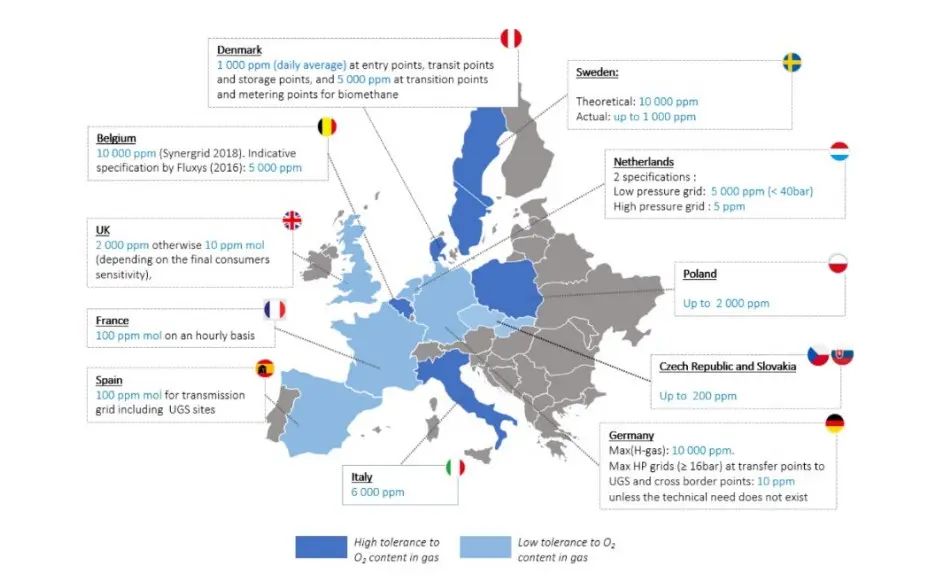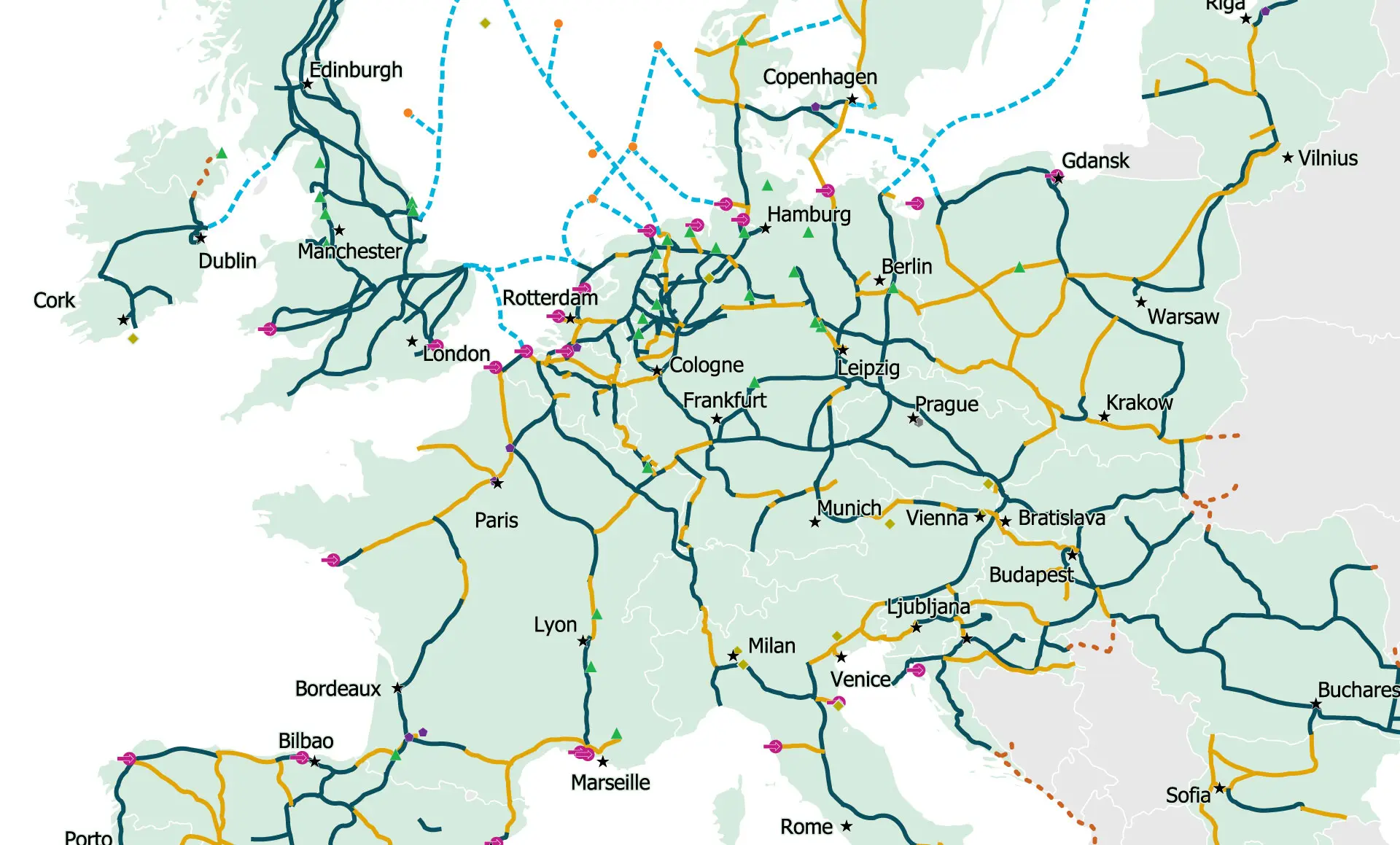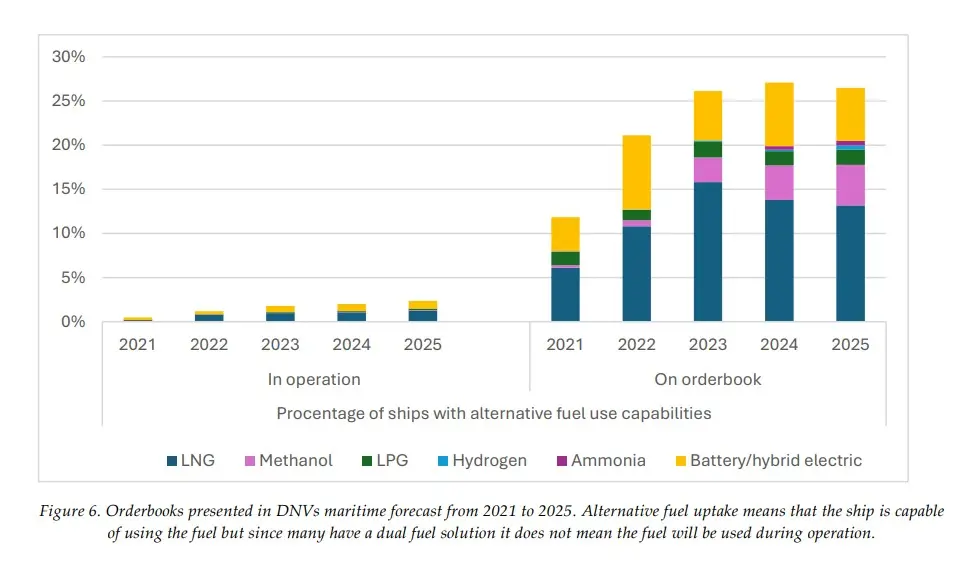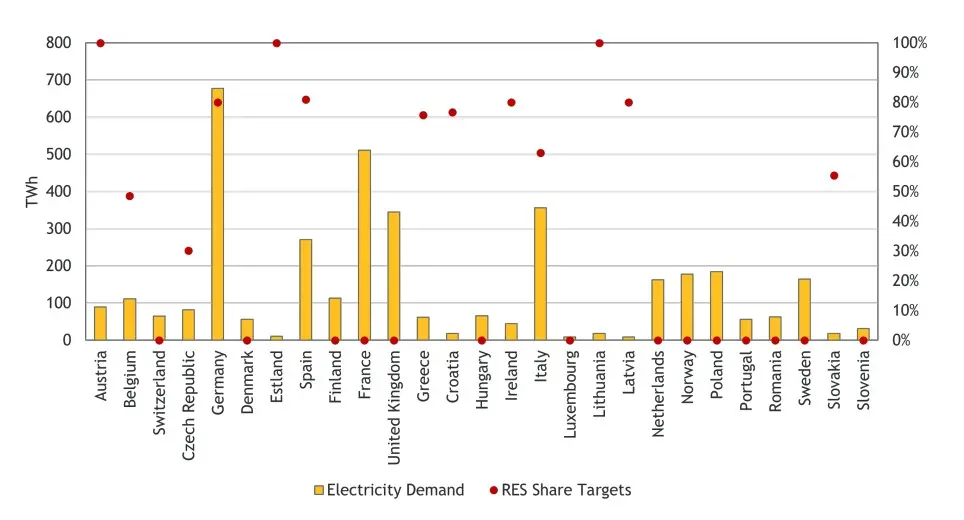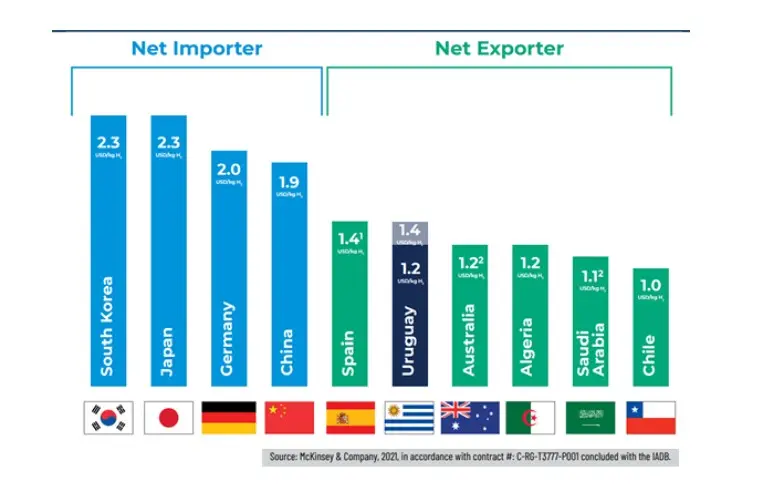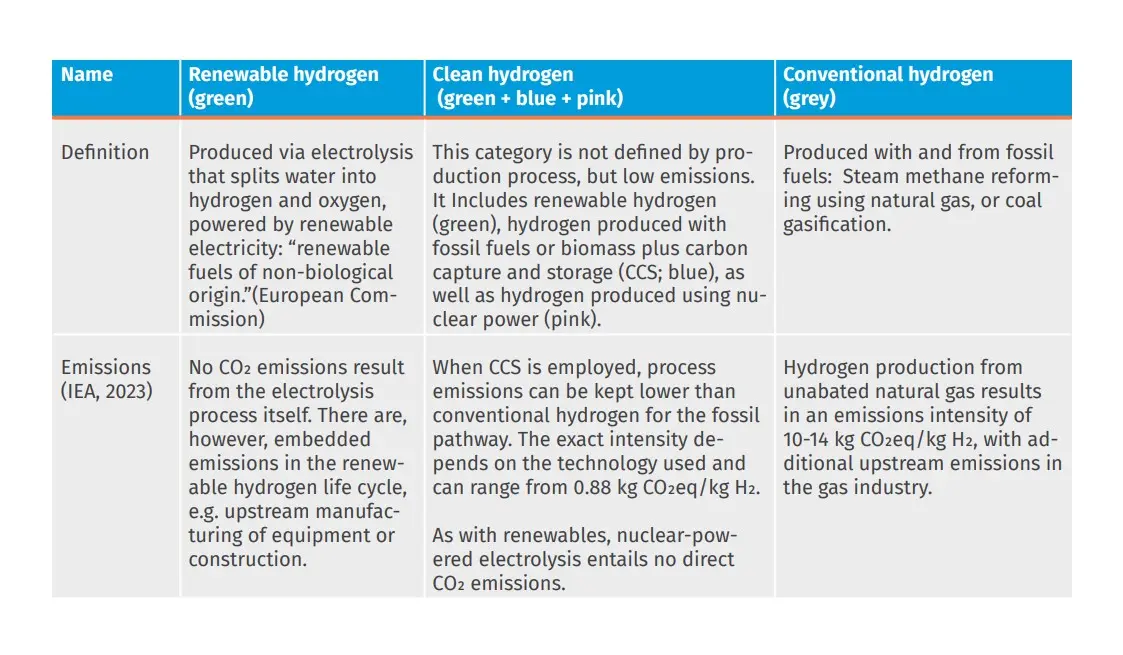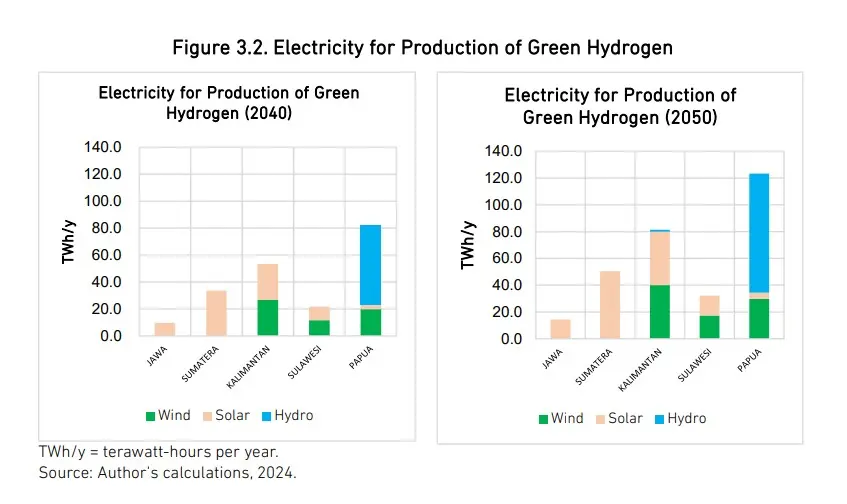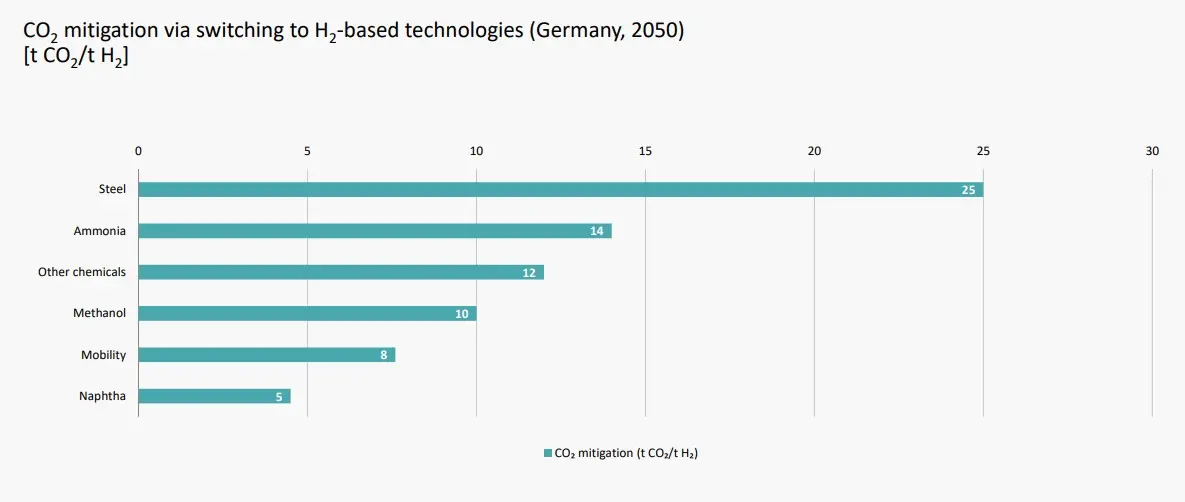Reports, white papers, studies and presentations by leading Hydrogen industry commentators & analysts
A subscription is required to access this content
FREE 30-day trial. Cancel anytime
Start with a FREE 30-day trial and then save up to 22% with an annual subscription. Get instant access to over 500 reports & weekly updates (at least 3 new reports added each week). Cancel anytime.
Already a subscriber ? Log in
Hydrogen networks in Europe will need common quality rules to keep cross-border flows efficient and safe. This study maps purity levels, contaminants and infrastructure bottlenecks, and weighs 98 %, 99.5 % and 99.97 % hydrogen specifications against costs and end-user needs. This European Commission-commissioned study provides the technical backbone for future hydrogen networks by analysing how production routes, pipelines, storage […]
FREE TRIAL
Already a subscriber ? Log in
Hydrogen pipelines will be built and repurposed at massive scale over the next decade, but traditional engineering methods are too slow and costly. This presentation outlines why a fully digital design-to-construction-to-integrity workflow is essential to accelerate Europe’s emerging hydrogen backbone. The report highlights the scale of planned hydrogen pipeline development, including 11,600 km by 2030 and 40,000 km by 2040, […]
FREE TRIAL
Already a subscriber ? Log in
Baltic Sea ports are emerging as strategic hubs for future hydrogen derivatives such as ammonia and methanol, driven by shipping decarbonisation and industrial demand. This study assesses which fuels will dominate, expected trade flows and the infrastructure ports will need to capture this market opportunity. The report analyses the market potential for hydrogen derivatives in the Baltic Sea region, including […]
FREE TRIAL
Already a subscriber ? Log in
RFNBO rules on additionality, geographic correlation and temporal matching will strongly influence how green hydrogen is produced and where projects are built in Europe. This report quantifies how these criteria change system costs, electrolyser operation, renewable build-out and project-level economics. The study examines the impact of RFNBO criteria for green hydrogen production from both a European system perspective and a […]
FREE TRIAL
Already a subscriber ? Log in
This report presents a comprehensive outlook on Uruguay green hydrogen development, outlining how the country plans to position itself as a competitive producer and exporter of Power-to-X fuels. Building on Uruguay’s high share of renewable electricity, strong wind and solar resources, and stable regulatory environment, the study examines the technical and economic foundations needed for large-scale hydrogen deployment. It assesses […]
FREE TRIAL
Already a subscriber ? Log in
This report provides a comprehensive overview of Romania hydrogen strategy, setting out a national roadmap for developing a competitive hydrogen economy through 2030 and beyond. The strategy positions hydrogen as a key pillar of Romania’s decarbonisation efforts, aligning with EU Green Deal, REPowerEU and Fit-for-55 requirements. It sets clear production milestones—49 kt/year of renewable hydrogen by 2027 and up to […]
FREE TRIAL
Already a subscriber ? Log in
This report provides a comprehensive framework to support the design, approval and financing of sustainable hydrogen projects in developing countries. It outlines clear criteria to ensure that large-scale renewable hydrogen investments deliver long-term social, environmental and economic benefits while avoiding extractive development models. The guidelines are structured around four pillars: People, Planet, Prosperity and Provision of Renewable Energy. They emphasise […]
FREE TRIAL
Already a subscriber ? Log in
Indonesia’s hydrogen strategy is increasingly shaped by the country’s ability to supply the large volumes of renewable electricity required for competitive green hydrogen production. Figure 3.2 illustrates how these electricity needs evolve across the archipelago in 2040 and 2050, highlighting the geographic strengths and constraints that will determine where viable hydrogen hubs can emerge. Papua and Kalimantan show the strongest […]
FREE TRIAL
Already a subscriber ? Log in
New projections for the Germany hydrogen industry show that the strongest CO₂ reduction potential per tonne of hydrogen lies in two core sectors: steel and chemicals. These industrial applications stand out because hydrogen directly replaces high-carbon processes that cannot be electrified, delivering far greater climate impact per unit of H₂ than other end uses. Steel production shows the highest mitigation […]
FREE TRIAL
Already a subscriber ? Log in

